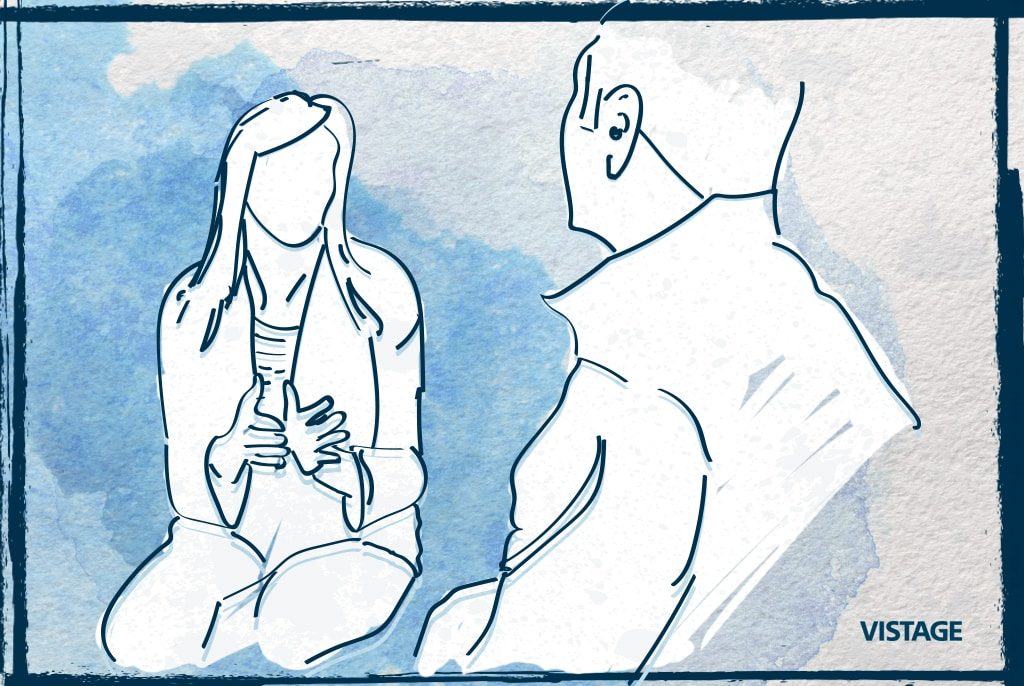5 tips for dealing with problem employees

Good employees know who the bad ones are. They know we know. They are looking toward us for some leadership. Dealing with problem employees is not just part of our jobs, but also a reward to good people. Don’t let fear of litigation and misinterpretations of the law keep you and your supervisors from taking action against employees, who whine, roll their eyes, constantly complain and bad-mouth the company. Get out of the baby-sitting business!
1. Define and Document a “Bad Attitude”
Attitude is tough, if not impossible, to define. Try yelling at your kids about a bad attitude? Think ‘behavior’ instead. Drill down to the very behavior that’s driving you crazy. Is it shrugging shoulders, whining, sighing or always referring to 2003 as the good old days? Set a behavior standard. Maintain positive work atmosphere by acting and communicating in a manner so that you get along with customers, clients, co-workers and management. Then coach to the specific behavior. Note: NLRB rulings have been challenging many handbook policies, so be sure to review any changes with local legal counsel.
2. Stop Treating Everyone the Same
Just as extraordinary performance should be celebrated, employees who fail to meet expectations need to be held accountable. By treating everyone the same, it sends a message to employees that you don’t know or don’t care about the difference between good and bad behavior. Do you treat your best customers the same way you treat your worst customers? Not advocating treating someone poorly in order to drive them out. That would be counter-productive. But should they get the special employee development opportunities or bonus vacation day that a star performer with a great attitude receives, for example? You may be wondering where the law stands. Know that differing treatment based on performance, behavior or job description or location can be defended.
3. Get Out of the Baby-Sitting Business
No policy can abdicate your responsibility to lead. Do you have a bereavement policy? Why? Why do you care who died? Do you require a death certificate? Fold bereavement into your PTO policy. Do you wait to have an ‘honest’ conversation until someone quits? Instead of an exit interview, have a ‘stay’ interview. Take an “A” player to lunch and ask, “Why are you here?” Want to have fewer difficult employees? Spend more time with the good ones!
4. Reframe the Issue
Millennials aren’t so much about entitlement as they are about acceleration. Order a product this morning, and Amazon will deliver it this afternoon. So why do they have to wait years to get promoted? Be patient. Over-train and let them develop and hone their decision-making skills. Allow them to learn from their mistakes. They may grow up a little later, but are they really any more difficult than any other generation?
5. Treat People the Way THEY Want to be Treated
If someone is analytical, then take an analytical approach. If someone is happy-wappy, then an upbeat positive approach is more likely to likely to result in a successful collaboration. Many people get their energy from solitude. They’re not being difficult. Give them space. Little wonder the new open office movement may be creating difficult people. Make sure introverts have time to process issues and a chance to participate.
Some difficult people find joy in causing trouble at work. If you try all of the above and nothing seems to work, then take prompt and appropriate action to free them to pursue a greater opportunity.
Category : Talent Management

